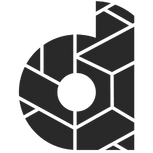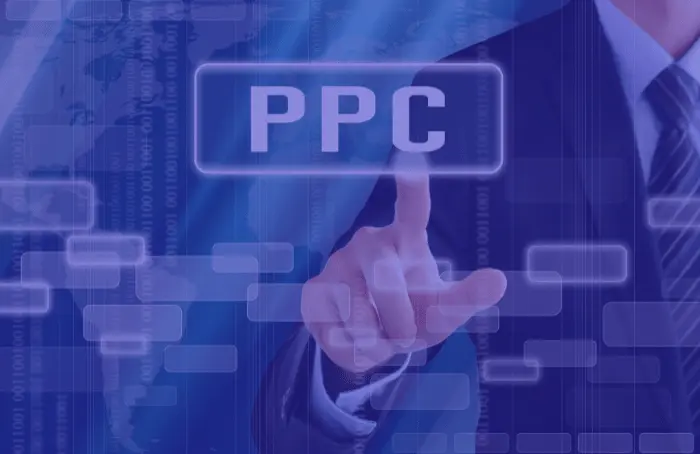PPC or pay-per-click is the advertising model on which most online campaigns, such as Google advertising, are based. For advertisers, this model was a real revolution, as until then they had to “shoot blind”, investing budget in campaigns whose results could not be measured with certainty.
Do you know exactly what PPC is, what advantages it has and how to apply it?
Let’s take a look!
What is PPC?
PPC or pay per click is a digital advertising model in which the advertiser pays an amount (fixed or determined by auction) each time a user clicks on one of their ads to visit their website. The idea of a pay per click campaign is to “buy visits” to a given site, usually with the idea of generating a certain action from users (e.g. registering or buying a product).
Although PPC is a very common option, it is not the only possible payment model for online campaigns. Therefore, it is important to distinguish it from others such as:
- PPA (pay-per-acquisition): the advertiser pays for each time the user performs a certain action, for example downloading an app. The link between cost and objectives is therefore even more evident than in the case of PPC.
Some key concepts to understand PPC
CPC or cost per click
The CPC is the price paid by the advertiser for each click on his advertisement. Here a fixed price per click can be agreed or determined by an auction. The advertiser sets a maximum bid or price he is willing to pay per click. The system compares the ad with other similar ads based on their quality and the price they are willing to pay, and displays the winning ad first.
CTR
The CTR (click through rate) is the percentage of users who click on an advertisement out of the total number of users who have seen it. In general, the better an ad is, the higher its CTR will be.
In some PPC systems, CTR is a key metric in setting the price of an ad, as the system “rewards” ads that have higher quality and therefore higher CTR.
Impression
We call each view an ad receives an “impression”, whether the user clicks on it or not.
Segmentation
With online advertising, we have a lot of control over our target audience. We can segment the audience that will see our PPC campaigns according to many factors: age, gender, location, interests, behaviours, and more. Each pay per click platform offers different options that we can combine to achieve a very high level of precision. This way, we ensure that we only pay for clicks from users who have a good chance of becoming our customers.
Conversion
Conversion is probably the most important metric in a PPC campaign, as it measures the performance of our ad in economic terms. We call each purchase made by a user after clicking on an ad a “conversion”. The conversion rate is the percentage of users who convert out of the number of users who click.
Conversion Ratio= Number of Conversions/ Website Visits
Frequency
The number of times each ad is shown to a particular user during a given period. To calculate it, we have to divide the number of impressions by the number of unique users.
Frequency= Number of impressions/ Number of unique users
It is common for a user to receive several impacts from the same campaign, and it can be a good idea to make sure that the user has seen the campaign. We must avoid excessive repetition, as we can end up generating rejection and a feeling of spam and therefore achieve the opposite effect to the desired one.
Advantages of PPC advertising
- You only pay for the visits you receive. In other advertising systems, the advertiser pays a fee to display the ad, but has no guarantee that it is generating results. In contrast, with pay-per-click, there is a direct link between cost and visits.
- You have a lot of information about the performance of the ad. Pay per click platforms provide the advertiser with complete information about what is happening with the ad, including the number of impressions, clicks, CTR and conversions.
- Good optimisation possibilities. With all this data, it is very easy to know whether an ad is working or not. In fact, the most advisable strategy is to create several variants of each ad and compare them with each other to see which ones work better. This way, we can achieve better and better results with our advertising.
- Ads only reach the right audience. Thanks to multiple targeting options, not a single click is wasted, as only the users we are most interested in will see the ad. This improves the results of the ad, as a user who is part of the target audience is more likely to click. And as mentioned above, the higher the click-through rate, the lower the cost of the ad.
- You can control your budget precisely. PPC systems allow you to set a maximum budget per day, and some allow you to start with as little as one euro. This means they are adaptable to advertisers of all sizes and you can control how much you spend on each campaign in advance.
- You can decide where and at what times your ad will be shown. Within the pay-per-click model, you can show your ads on many different platforms and locations (we show you some examples in the next section) and select the ones you are most interested in. Some sites also allow you to choose the days and times your ads will be shown.
- You get more visibility. Thanks to PPC, you will be able to show your ads on some of the most visited sites, such as search engines (Google) or social networks (Facebook, LinkedIn).


